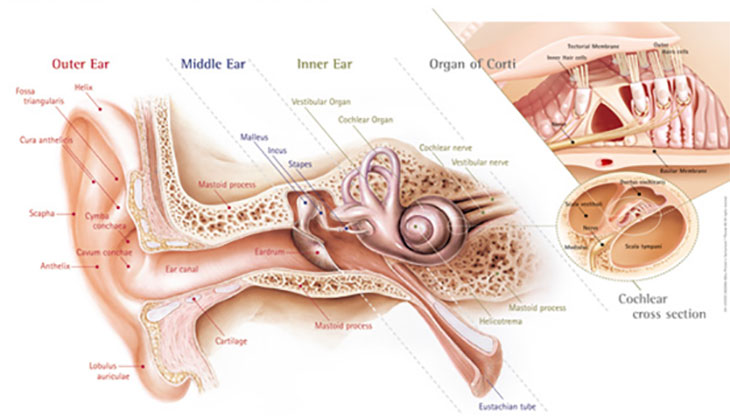An audiologist carries out a range of tests on adults and children to determine the presence, nature and extent of hearing loss and balance disorders, enabling accurate clinical diagnosis in a range of hearing related conditions.
They quantify and qualify hearing in terms of the degree, the type and the configuration of the hearing loss.
Patients referred for evaluation, diagnosis and/or treatment receive a test battery that includes pure tone audiometry and/or immittance testing. When diagnostically indicated, further testing could include stapedial reflex thresholds and decay, speech audiometry and otoacoustic emissions. The extent of hearing loss and psychosocial disposition will determine further habilitation options (eg referral for hearing therapy).

